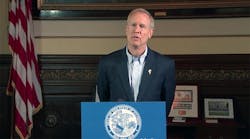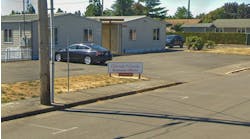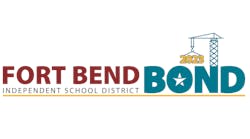Illinois Gov. Bruce Rauner has followed through with his threat to use his veto power and strip millions of dollars earmarked for Chicago Public Schools from the state legislature's school funding overhaul.
The Associated Press reports that the veto could prevent any school systems in Illinois from receiving state money before 2017-18 classes begin.
“With my changes, Illinois can achieve historic education funding reform that is fair and equitable to all of Illinois’ children,” Rauner says.
The bill now returns to the legislature, where a three-fifths vote in both chambers is needed to either override Rauner’s changes or approve them so that money can flow to school districts. Either option will be difficult. If lawmakers cannot muster the votes, the legislation will die.
Prior to Rauner’s news conference, Democrats warned that a veto would undo years of work aimed at overhauling a school-funding formula that’s been called the most inequitable in the nation.
“If he vetoes the bill, the bill is dead,” says state Sen. Andy Manar, a Bunker Hill Democrat who sponsored the legislation. “That action will set us back decades.”
A new school formula is required as part of a state budget deal that legislators approved in July over Rauner’s veto.
Without the new school funding legislation, districts won’t get paid. The first payment to schools is due Aug. 10.
No Illinois school has reported that it’ll be unable to open on time, according to the Illinois State Board of Education. However, many say they’ll only be able to last a few months.
In a southern Illinois district in West Frankfort, Superintendent Matt Donkin says there’s only enough money for the district with about 1,750 students to meet payroll “a few times.”
Lawmakers from both parties agree the formula that has been used to allocate funds to public schools is unfair because it forces school districts to rely heavily on property taxes that create huge disparities in per-student funding. But they’ve clashed over how to fix it.
The proposed formula Democrats approved channels money to the neediest districts first after ensuring that no district receives less money than last school year. It also includes pension help for Chicago.
Democrats insist the proposal is fair because Chicago is the only Illinois district that pays the employer portion of teacher pension costs. Rauner has repeatedly called it a “bailout.”
He used his veto authority to strip that money from the bill, saying it should be part of separate legislation governing pensions. But that cannot be done via an amendatory veto, even if Democrats were to agree. Instead, separate legislation would have to be approved.
Rauner also removed $250 million that Chicago schools were to receive as a block grant. Republicans say the grant provides more money than Chicago would receive if the amount were calculated based on enrollment — the way other districts get certain funds.
Chicago Mayor Rahm Emanuel has accused Rauner of playing politics with children’s futures, saying it’s time he “ensure a child’s education isn’t determined by their zip code or his political whims.”


